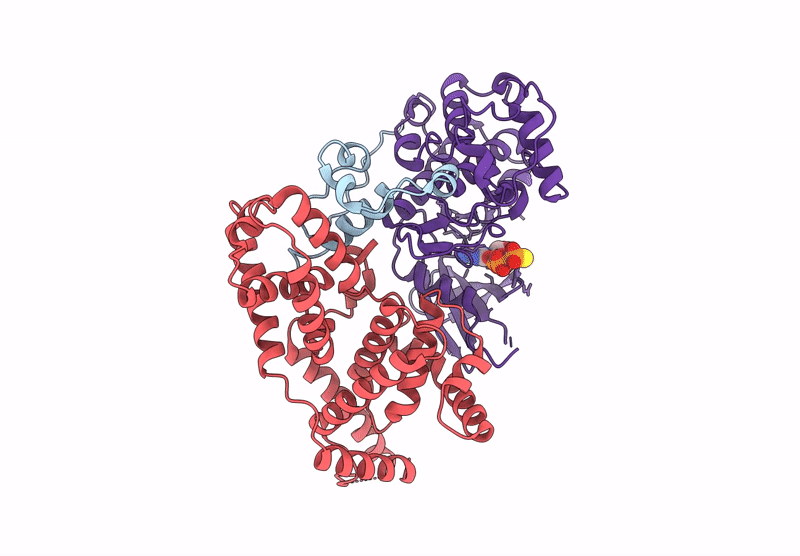
Deposition Date
2020-06-07
Release Date
2020-09-09
Last Version Date
2024-11-06
Method Details:
Experimental Method:
Resolution:
2.80 Å
Aggregation State:
PARTICLE
Reconstruction Method:
SINGLE PARTICLE


